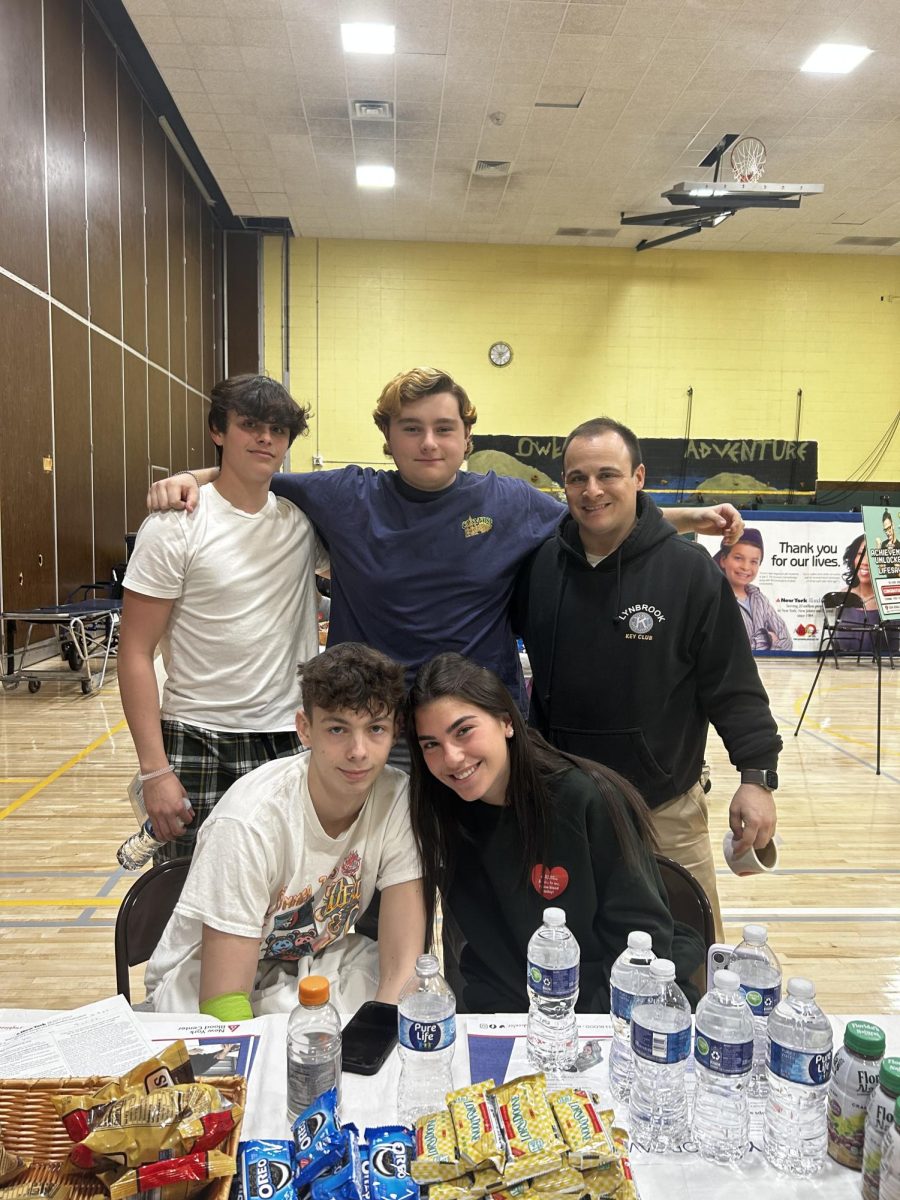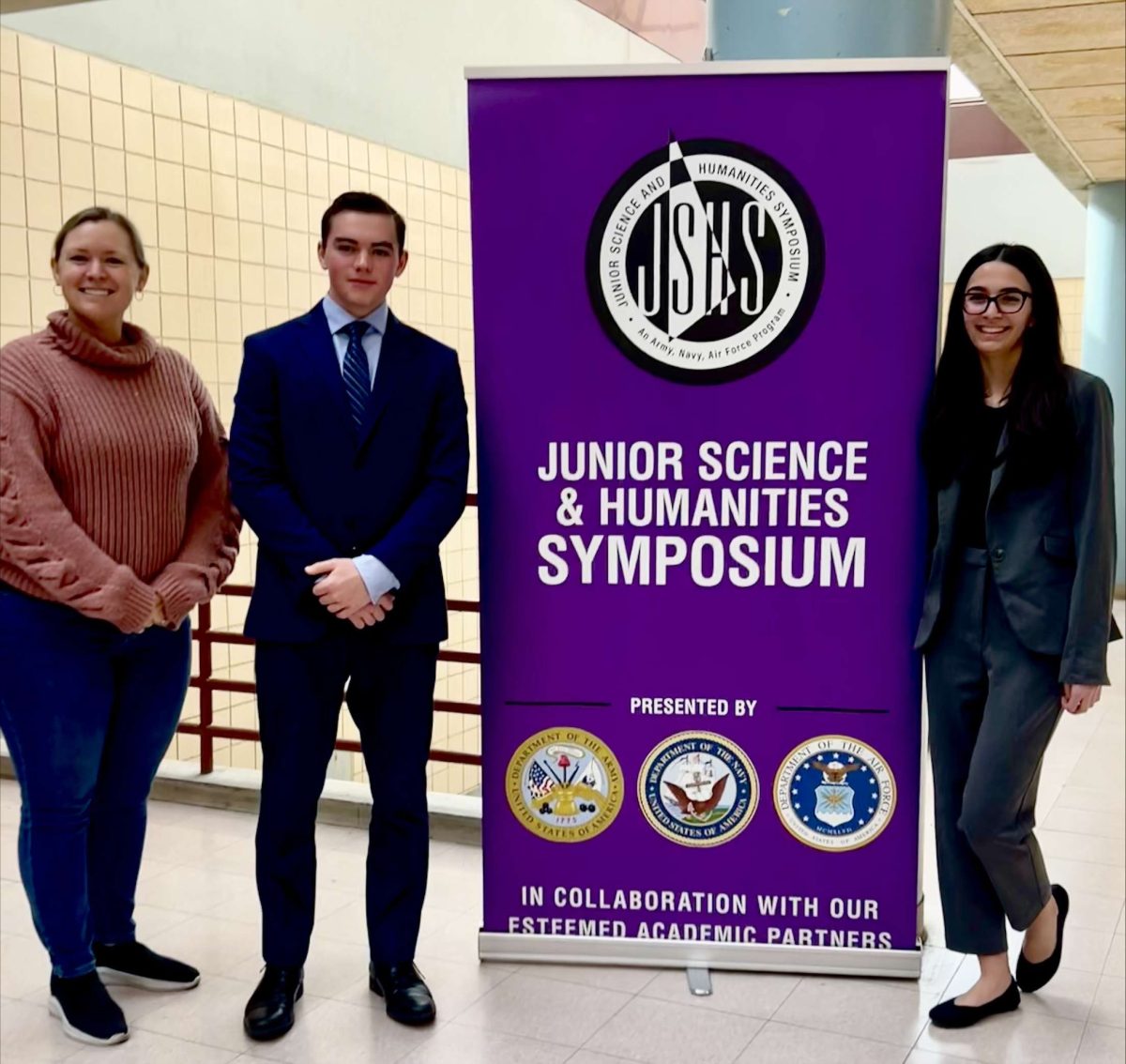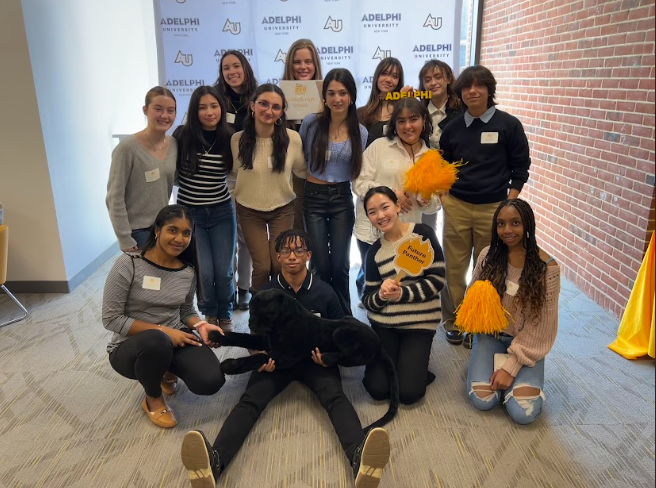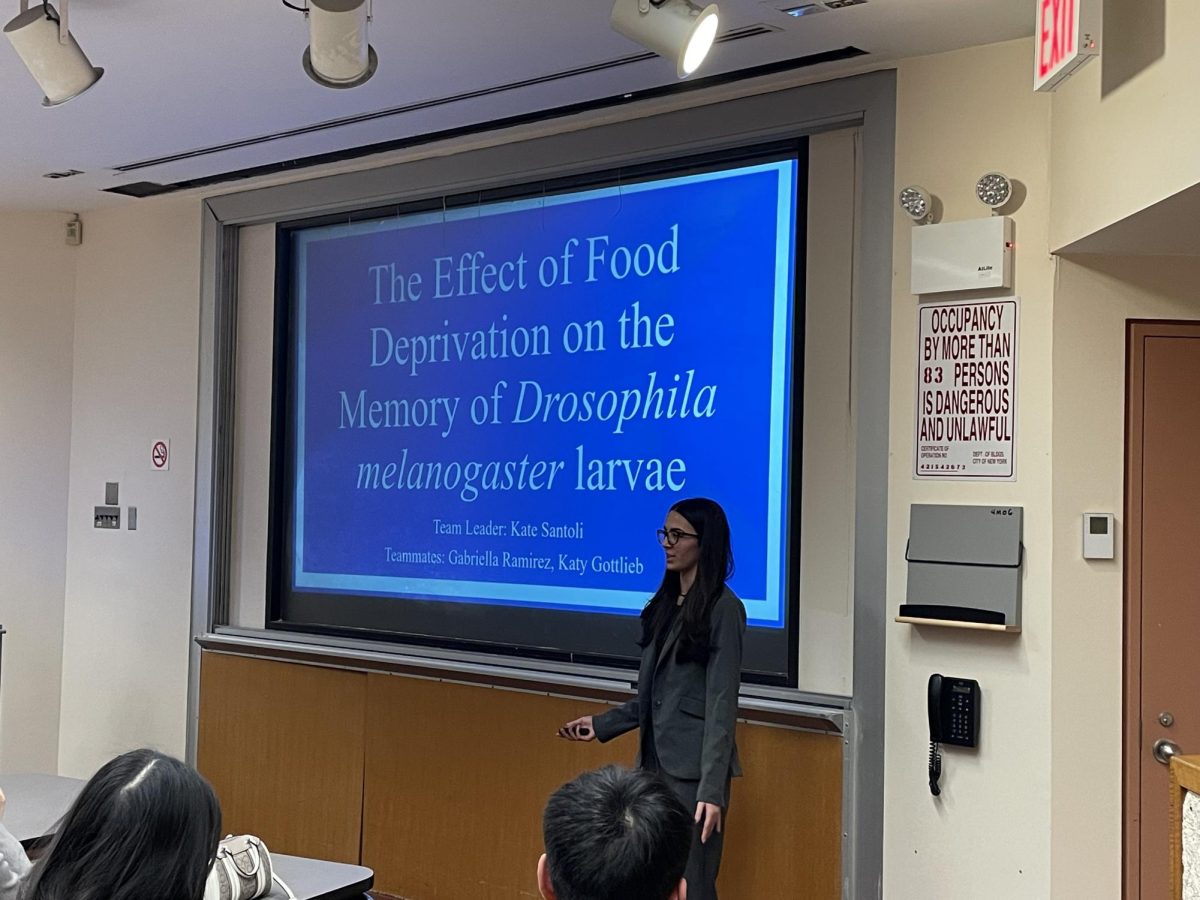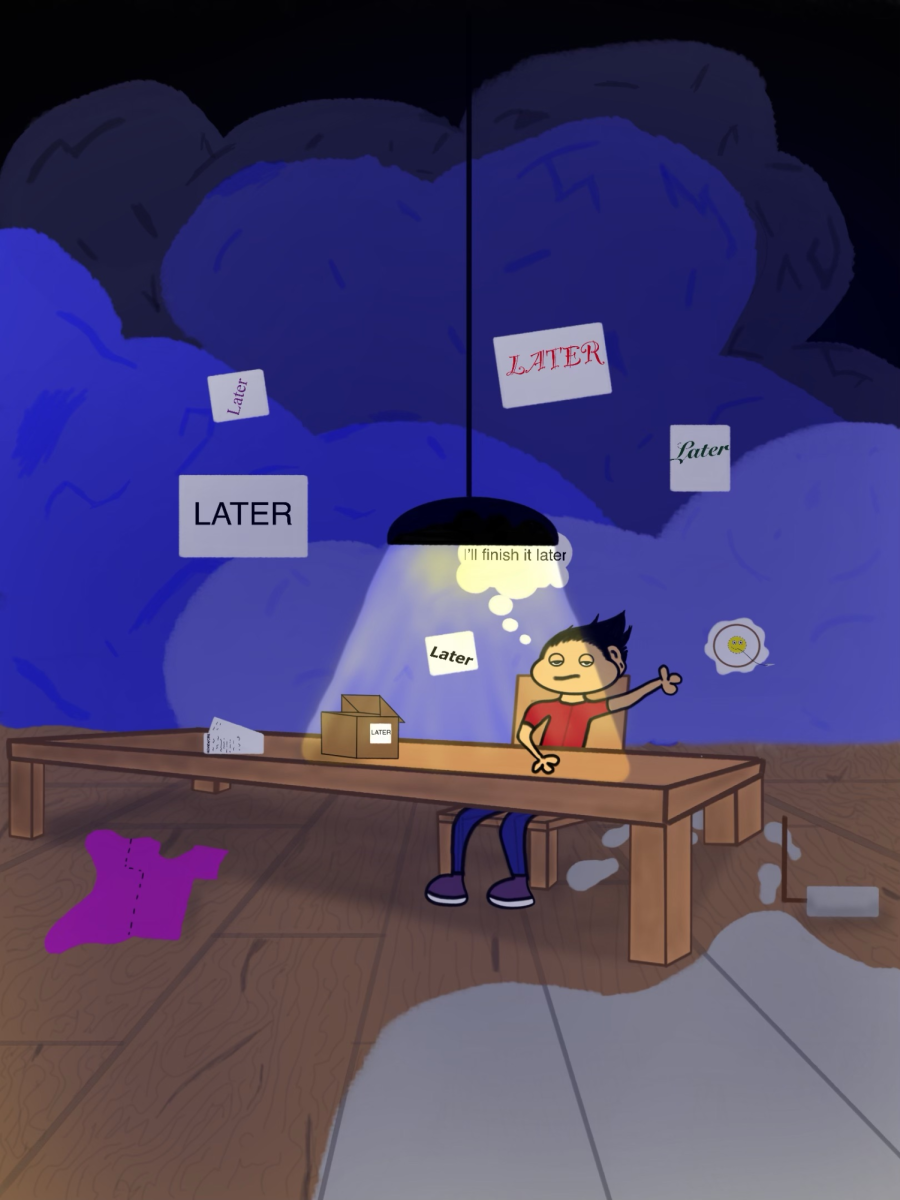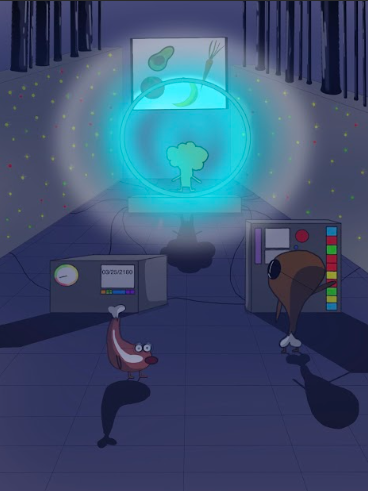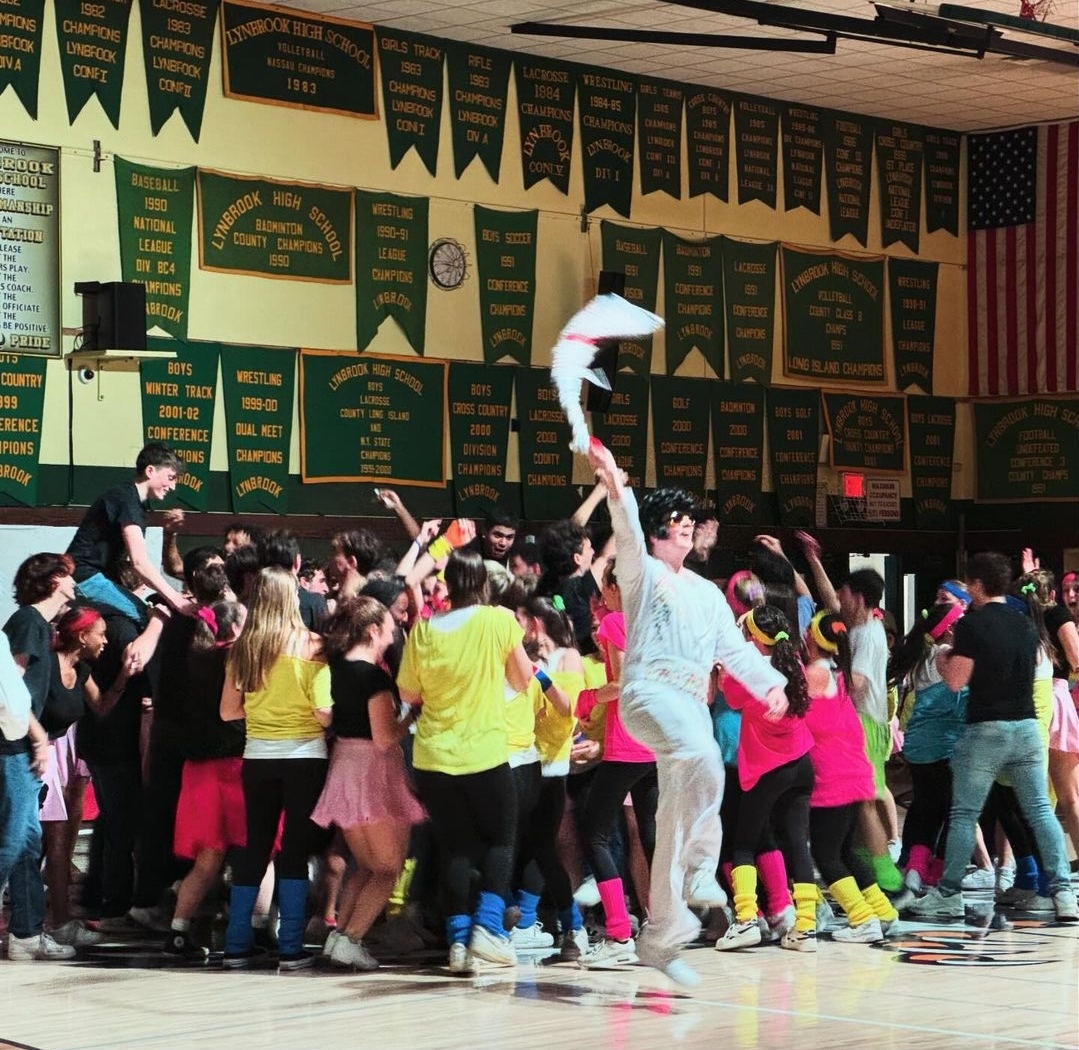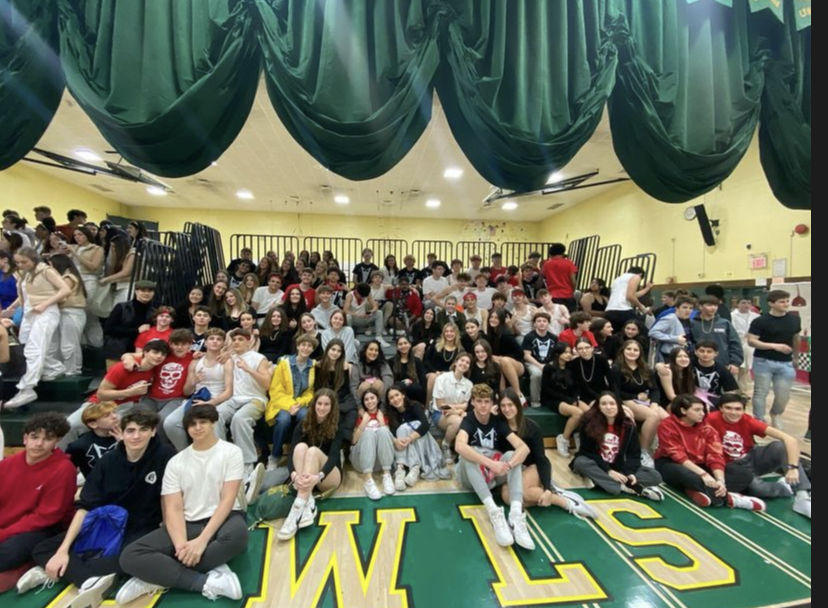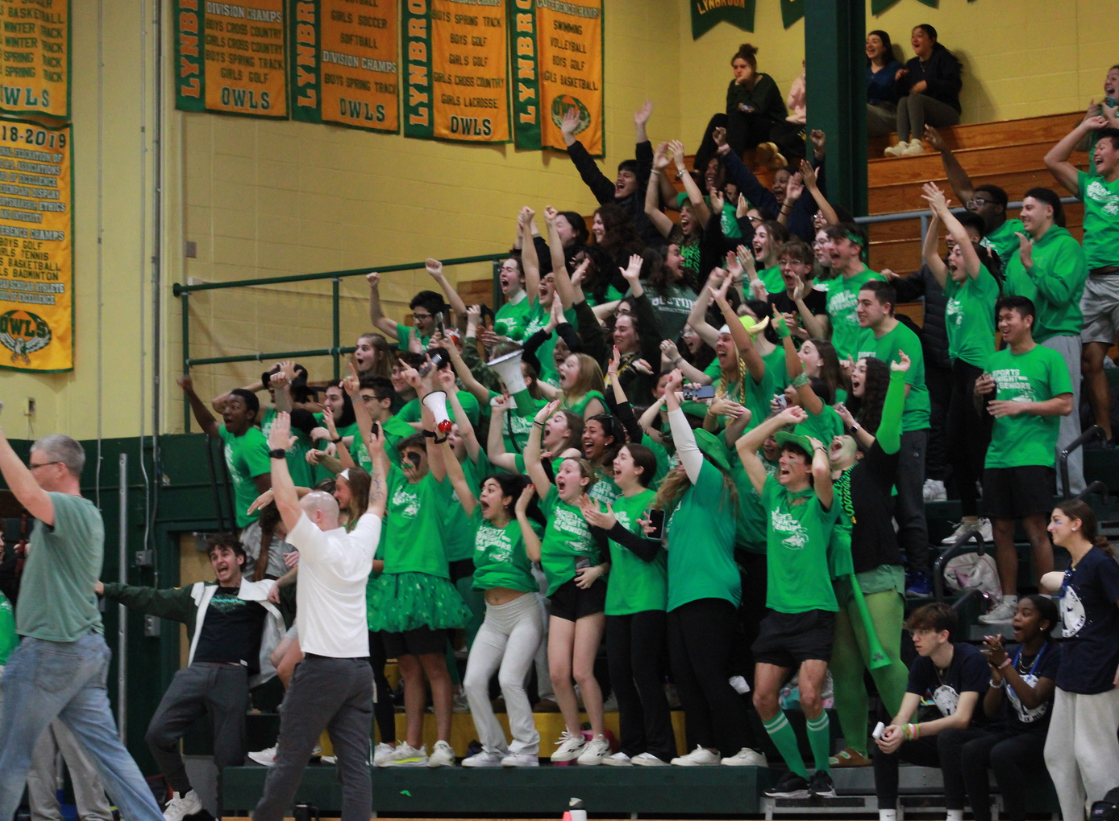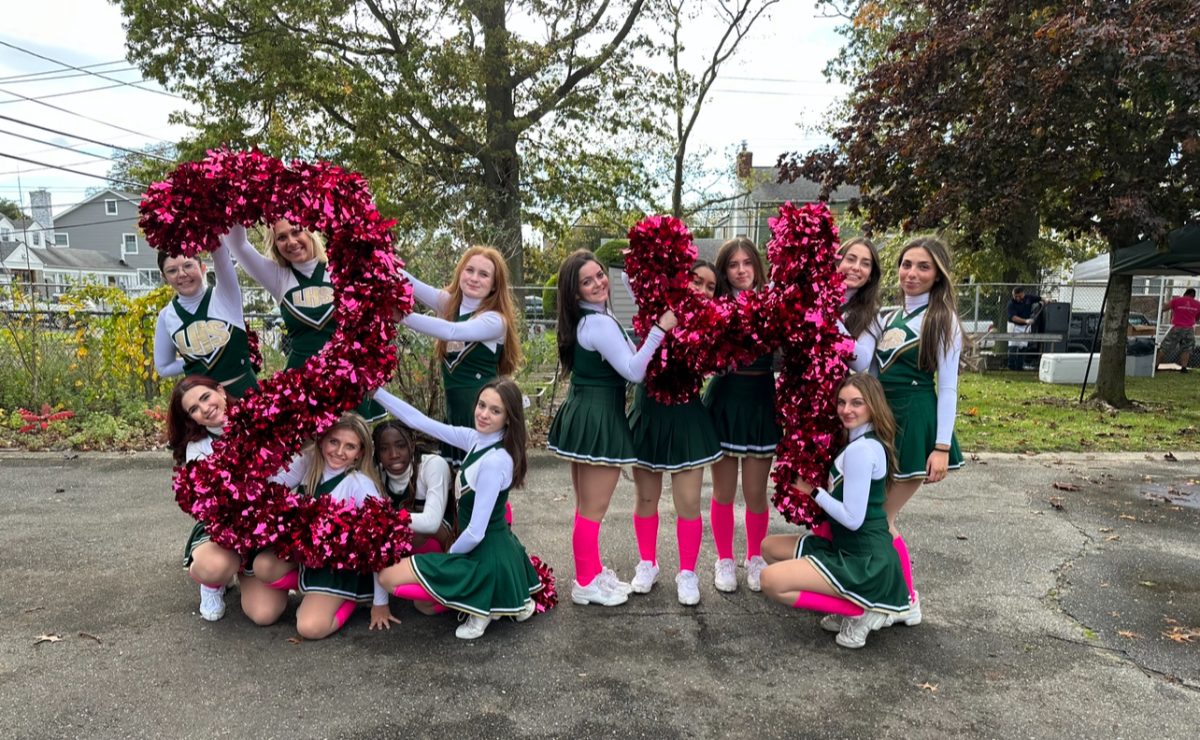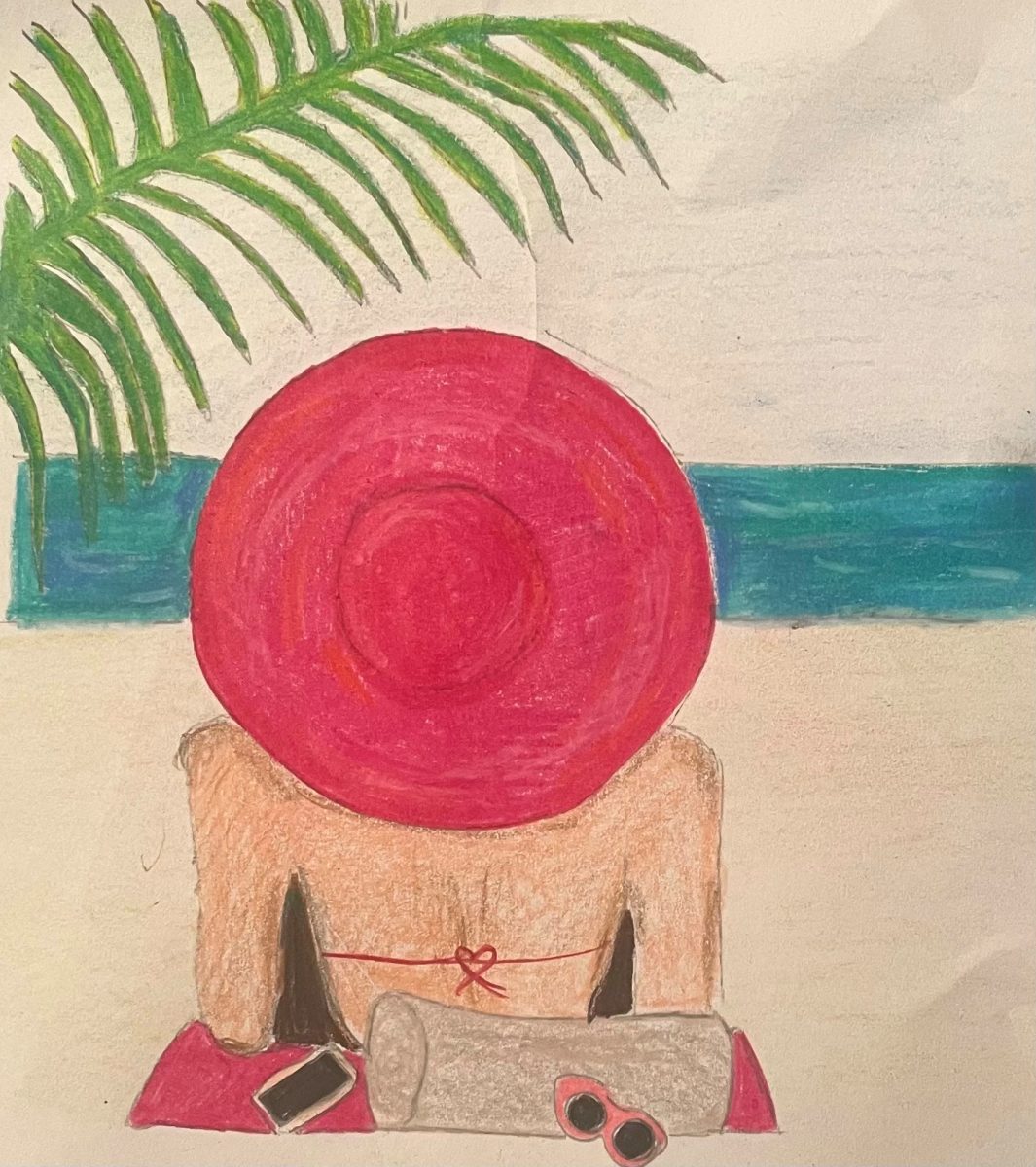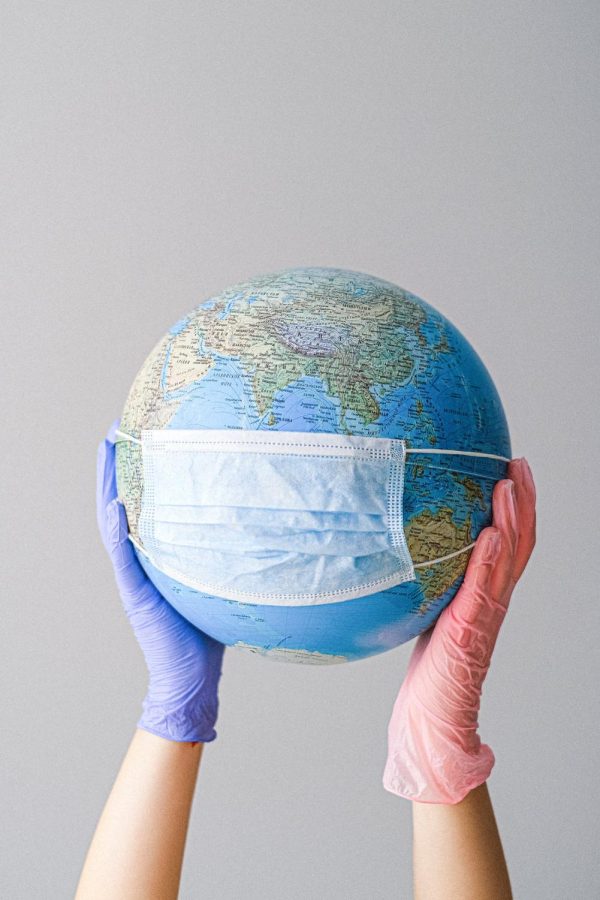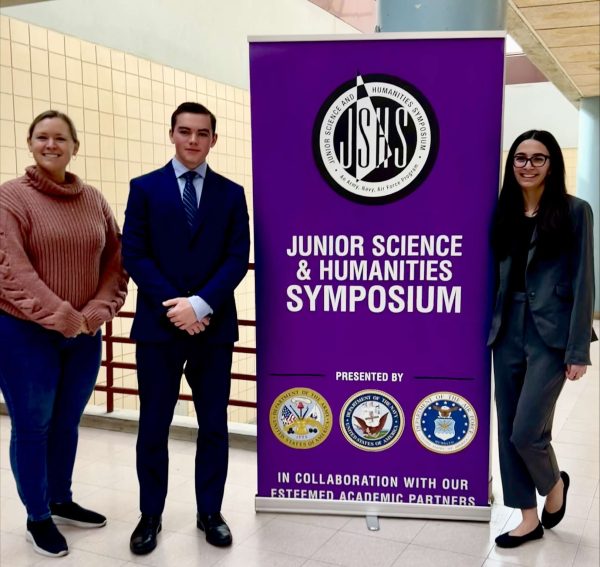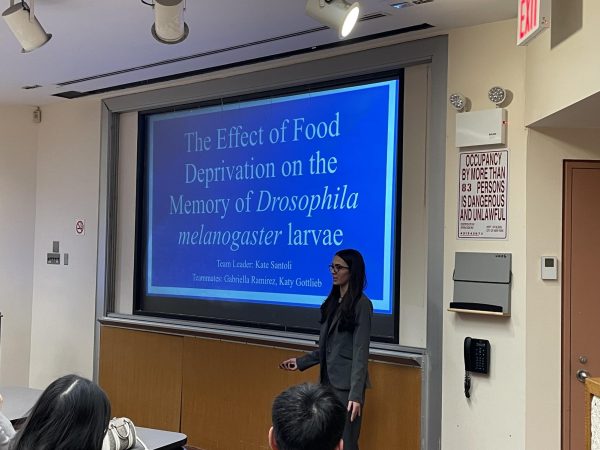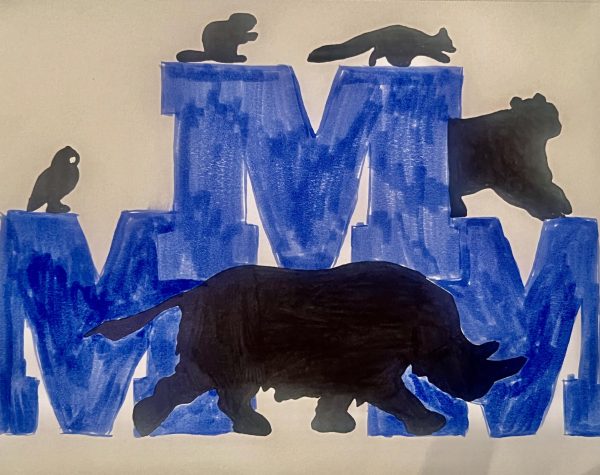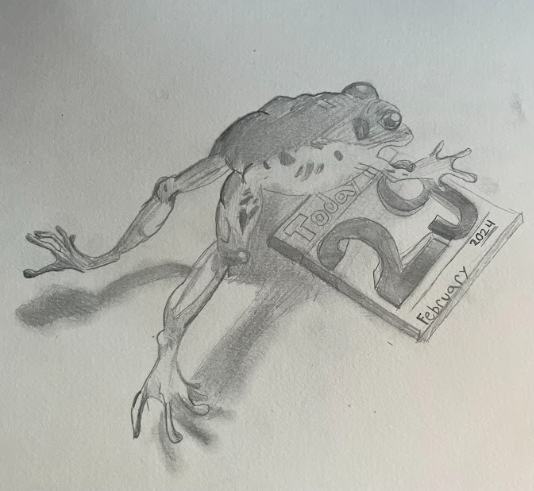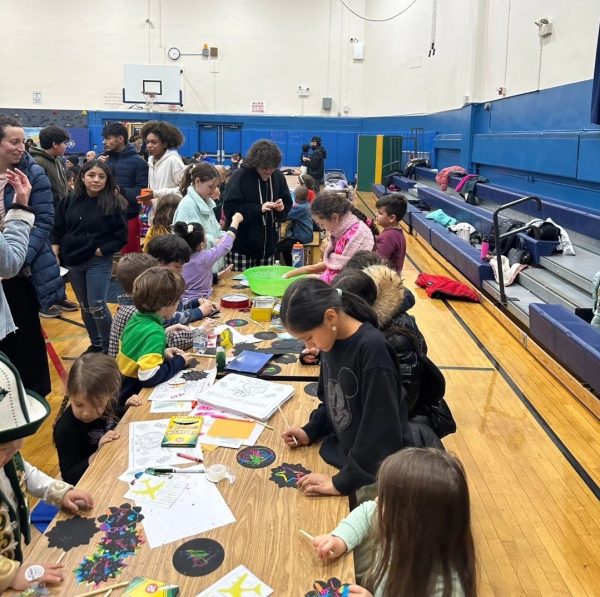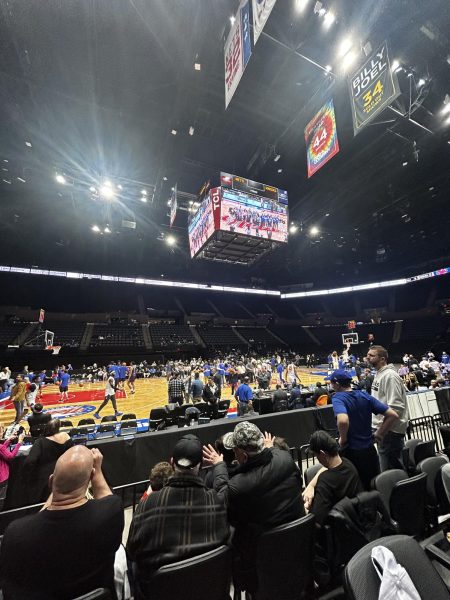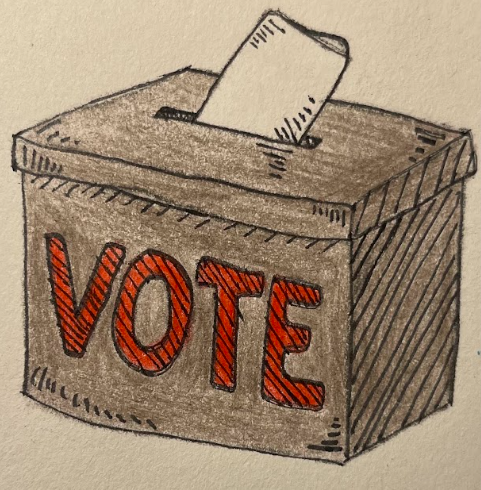Omicron Variant: A New Surge
Just as the number of COVID-19 cases began to drop and in-person events began to return, the Omicron variant swept through the country. The Omicron variant is a more contagious variant of the original SARS-CoV-2 that spread rapidly in other countries. The variant was first detected in early November 2021 in South Africa and Botswana, and the first case struck the U.S. on Nov. 22, 2021 from a traveler in California who returned from South Africa. This new variant accounts for 94% of COVID-19 cases in the U.S., according to the Centers for Disease Control and Prevention (CDC). Cases quickly began to climb and mask mandates returned as the Omicron variant began to spread.
Experts are just beginning to understand the Omicron variant and how it affects those who are vaccinated, unvaccinated, or who have had COVID-19 in the past. For those that are up to date on COVID vaccinations, the Omicron variant seems to be leading to symptoms similar to those of the common cold: sore throat, runny nose, fatigue, and a mild headache. The Omicron variant also seems to be striking the young and vaccinated at higher rates when compared to the other variants; however, it tends to produce milder symptoms in vaccinated individuals.
With unvaccinated individuals, the variant is producing more severe symptoms. Recent studies have also shown that the Omicron variant produces worse symptoms in those who are vaccinated but without the booster, compared to those who have received their booster. These can include more coughing, a higher fever, and more fatigue. Those who were previously infected seem to be exhibiting fewer symptoms. Early reports of Omicron cases have also shown the loss of taste and smell to be uncommon, which is a symptom that was common among the other variants.
A study by the University of Hong Kong found that the Omicron variant is less severe in the lungs but can replicate faster higher up in the respiratory tract, which was not the case with prior variants. Symptoms of the Omicron variant tend to last three to five days, but they tend to last longer for unvaccinated individuals.
New York State Governor Kathy Hochul followed CDC guidelines on Dec. 10 by announcing that masks must be worn in all indoor places, unless businesses or venues implement a vaccine requirement. The mandate was put into effect based on the state’s increasing weekly case rate and number of hospitalizations. This mandate was set to expire on Jan. 15. It has since been extended to Feb. 1 due to the surge in cases, according to NBC News New York. Many other states across the U.S. have also imposed mask mandates, such as Connecticut, California, Delaware, and Washington.
The CDC has also given guidance on which type of masks have proven to be the most effective against the Omicron variant. The CDC says N95 and KN95 masks hold the highest level of protection against the variant; however, the most important thing is to wear a well-fitting mask that covers one’s mouth and nose. It was recently announced that the Biden administration will be making 400 million N95 masks available to Americans for free. The masks will be available at local pharmacies, according to CNBC.
Senior Emmie Paladino said, “The vaccine is effective, but wearing a mask is still a good preventative measure, especially for those who are not vaccinated.” She went out to express how hard it is to see the rise in COVID-19 cases, but added that it was inevitable due to those gathering indoors.
The Omicron variant has forced schools to close due to high infection rates and the lack of staff. Marion Street Elementary School was forced to go remote for some time upon return from December break due to the high number of COVID-19 cases among staff, which made it impossible for the school to remain open. This has been a reality for schools across America.
On Jan. 14, a remote learning option was announced for those in New York City schools. This remote option prevents those who are infected with COVID-19, quarantined, or have concerns about safety in schools from getting marked absent and allows them to learn from home. This announcement came following a report that 25% of New York City public school students were absent.
Colleges all across the United States have also decided to go remote as the Omicron variant caused a rise in COVID-19 cases. These schools are starting the spring semester off virtually and hoping to return to classes in person at a later date. Some of the schools that have turned to this option include eight institutions in the University of California system, Duke University, Seattle University, Cornell University, George Washington University, and Northwestern University.
Sophomore Mackenzie Casey said, “It makes me nervous that cases are rising.” Casey also added that she thinks that all the precautions that have been taken are necessary in order to keep everyone safe.
Many hope that the Omicron variant is a sign that the COVID-19 pandemic is coming to an end; however, White House Chief Medical Advisor Anthony Fauci said that it is too soon to say whether Omicron is the final wave of the COVID-19 pandemic. According to an article on The Hill (thehill.com), Fauci said he is uncertain whether the Omicron variant will be the live virus vaccination everyone is hoping for. Many people have hoped this due to the fewer hospitalizations and death this variant has caused compared to other variants. Fauci also believes there could be more variants that will elude the immune response of the prior variant.
Freshman Gianna Longo said, “I don’t necessarily feel as if we are ‘going back’ to 2020 as cases rise, but the action we are taking right now definitely feels similar to 2020.”
As mask mandates return, schools go remote, and cases rise, many feel that the COVID-19 pandemic will never end. However, on Jan. 17, Hochul announced that positive cases and COVID-19 hospitalizations have decreased, providing some hope that this surge may be coming to an end.

